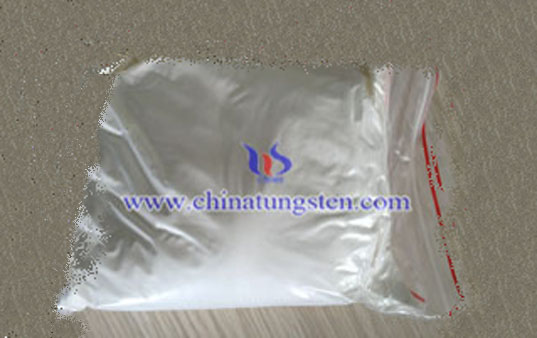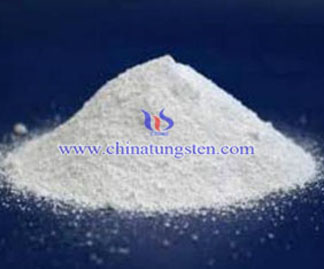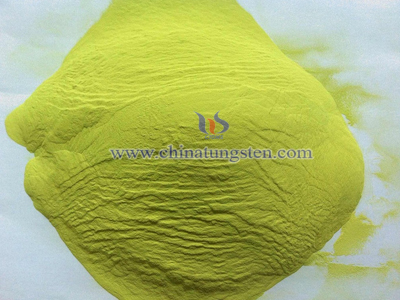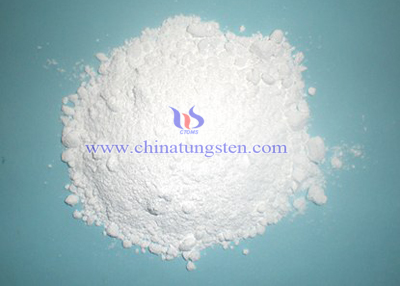Ammonium Paratungstate (APT) Production

APT is produced by separating tungsten from its ore. Once the ammonium paratungstate is prepared, it is heated to its decomposition temperature, 600 °C. Left over is WO3, tungsten oxide. At that point, the oxide is heated in an atmosphere of hydrogen, reducing the tungsten to powder, leaving behind water vapor. From there, the tungsten metal powder can be fused into any number of things, from wire to bars to other shapes.
When concentrating an ammoniacal solution of tungstic acid (i.e. hydrous WO3), the product obtained is ammonium paratungstate. Below 50 °C, the henahydrate is formed, whereas when the temperature of the solution is above 50 °C, the pentahydrate or heptahydrate is formed. The former crystallizes as triclinic plates or prisms, whereas the latter as pseudorhombic needles. If a calcined WO3 is used, refluxing the ammonia solution is advisable to speed up the dissolution of the oxide.
Ammonium Paratungstate(NH4)[H2W12O42].4H2O is the most important precursor for the majority of tungsten products. Exceptions are only products of melting metallurgy and Menstrum WC produced directly from ore concentrates. All other intermediates such as tungsten trioxide, tungsten blue oxide, tungstic acid and ammonium metatungstate can be derived from ammonium paratungstate(APT), either by thermal decomposition or chemical conversion.





